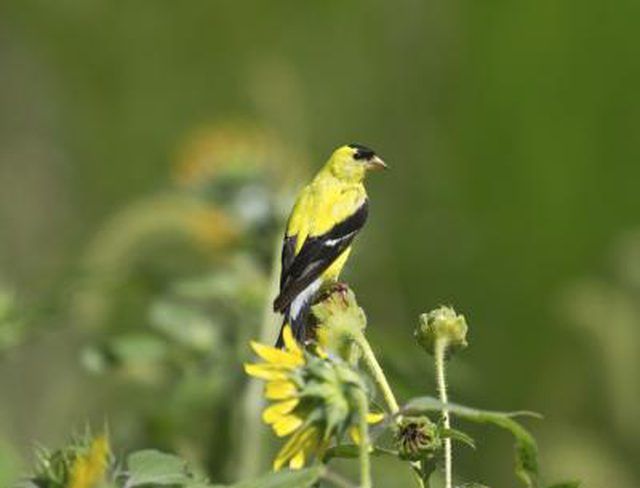Bulbs
Flower Basics
Flower Beds & Specialty Gardens
Flower Garden
Garden Furniture
Garden Gnomes
Garden Seeds
Garden Sheds
Garden Statues
Garden Tools & Supplies
Gardening Basics
Green & Organic
Groundcovers & Vines
Growing Annuals
Growing Basil
Growing Beans
Growing Berries
Growing Blueberries
Growing Cactus
Growing Corn
Growing Cotton
Growing Edibles
Growing Flowers
Growing Garlic
Growing Grapes
Growing Grass
Growing Herbs
Growing Jasmine
Growing Mint
Growing Mushrooms
Orchids
Growing Peanuts
Growing Perennials
Growing Plants
Growing Rosemary
Growing Roses
Growing Strawberries
Growing Sunflowers
Growing Thyme
Growing Tomatoes
Growing Tulips
Growing Vegetables
Herb Basics
Herb Garden
Indoor Growing
Landscaping Basics
Landscaping Patios
Landscaping Plants
Landscaping Shrubs
Landscaping Trees
Landscaping Walks & Pathways
Lawn Basics
Lawn Maintenance
Lawn Mowers
Lawn Ornaments
Lawn Planting
Lawn Tools
Outdoor Growing
Overall Landscape Planning
Pests, Weeds & Problems
Plant Basics
Rock Garden
Rose Garden
Shrubs
Soil
Specialty Gardens
Trees
Vegetable Garden
Yard Maintenance
How Are Sunflower Seeds Dispersed?
How Are Sunflower Seeds Dispersed?. An important plant grown for oil, seeds and cut flowers, the common sunflower (Helianthus annuus) is a North American native. Although it is the most famous sunflower, 62 species of sunflowers (Helianthus spp.) are native to the United States. Sunflowers are in the sunflower family (Asteraceae), and each...

An important plant grown for oil, seeds and cut flowers, the common sunflower (Helianthus annuus) is a North American native. Although it is the most famous sunflower, 62 species of sunflowers (Helianthus spp.) are native to the United States. Sunflowers are in the sunflower family (Asteraceae), and each variety's flower head contains a central disk of seed-producing flowers surrounded by petal-shaped ray flowers. Sunflower seeds disperse through the actions of people and animals as well as wind and water.
People and Common Sunflower
One of the major seed dispersal agents for the common sunflower is people. So many cultivars of the species have been developed and are useful to humans that sunflowers have been spread throughout the world. American Indians grew sunflowers for food, oil and dye. The sunflower plant was taken to Europe in about 1500, and later Russian plant breeders developed cultivars suitable for commercial oil production. Some of the cultivars grown for snacking are "Snack Seed," "Royal Hybrid" and "Super Snack Mix."
Hungry Animals
Sunflower seeds provide food for many kinds of wildlife, and animals are a major form of the seeds' dispersal in the wild. Most native sunflowers species, including wild common sunflower, have nutritious seeds less than 1/4 inch long. Birds peck seeds out of the flower heads, knocking some seeds to the ground. Mice, squirrels and other wildlife stash seeds in burrows or shallow holes, often at considerable distances from the parent plants. Although sunflowers sacrifice many of their seeds as animal food, the seeds buried in soil have the potential to grow into plants.
Wind Action
Sunflower seeds are blown to different localities by wind. They become lodged in debris, clods of soil and other areas where they're hidden from animals. Plant scientists studying wild common sunflower found that after the seeds fall on the ground, 42 percent of the seeds are eaten within 10 days. Wind also blows soil onto fallen seeds, covering them. Many members of the sunflower family have lightweight seeds equipped with hairs or parachutes that promote their dispersal by wind. Heavier sunflower seeds are tightly packed together in seed heads, and they don't have hairs or parachutes.
Water Movement and Soil Disturbance
Seeds on the soil surface are washed away by water. As a result of flooding, they also can be buried in soil, which protects the seeds from being eaten. Soil disturbance such as foot traffic and the turning of garden soil also moves and buries sunflower seeds.